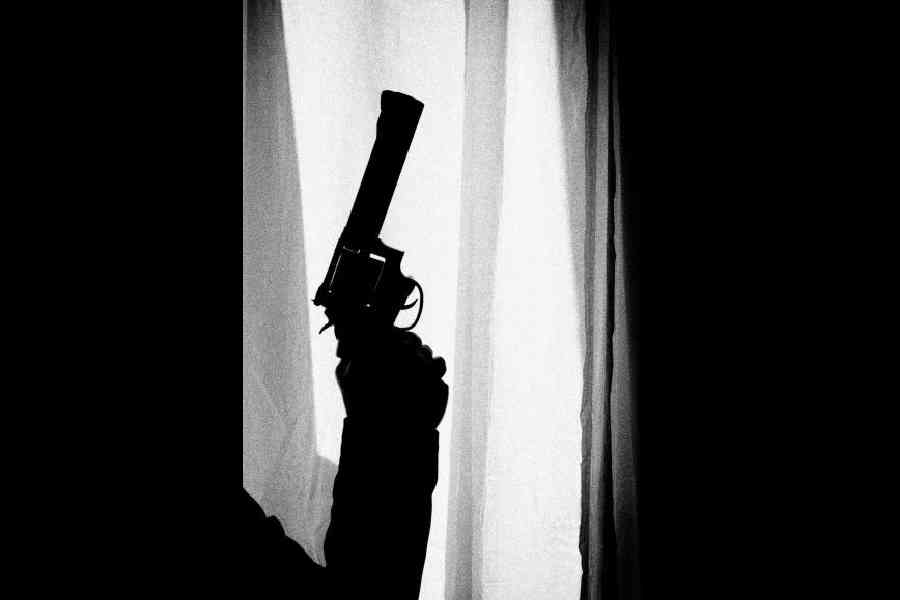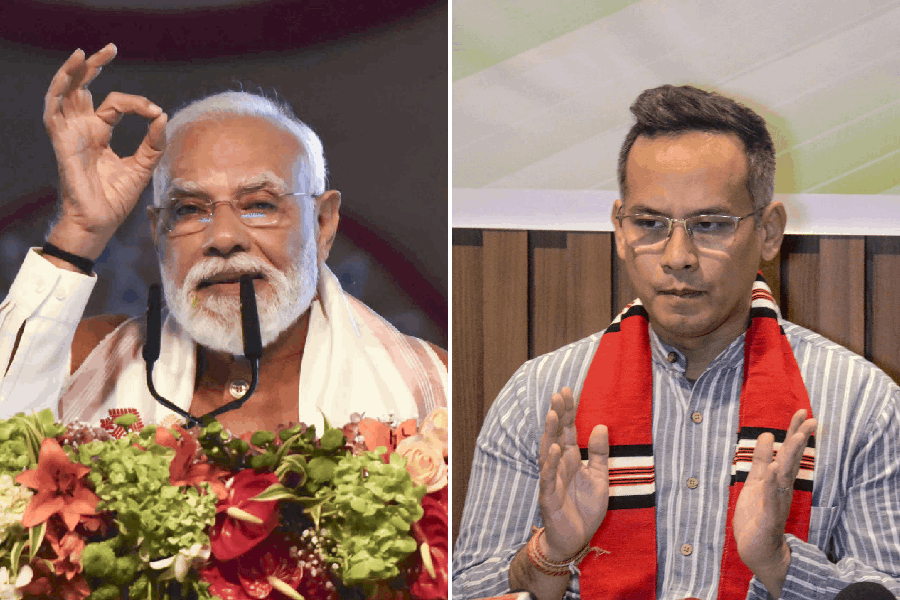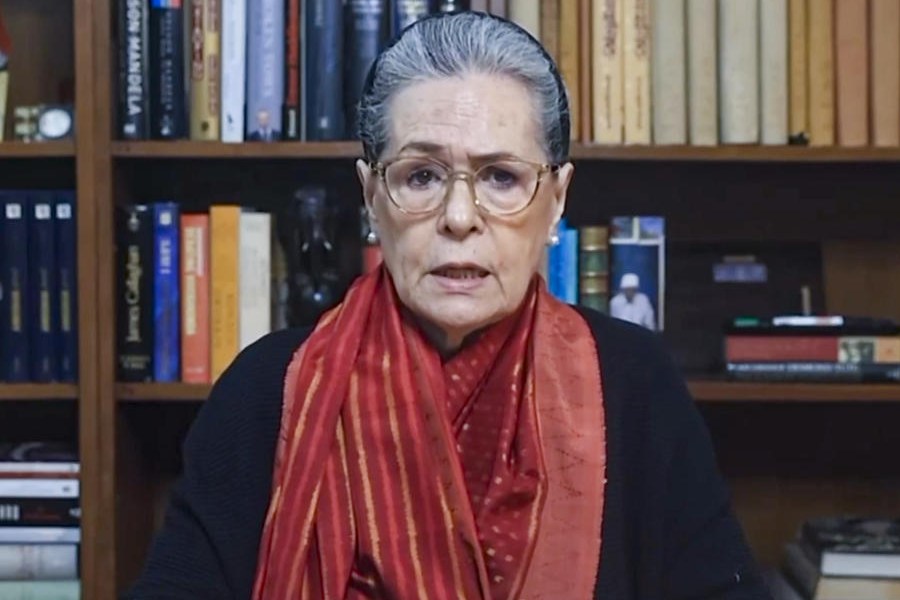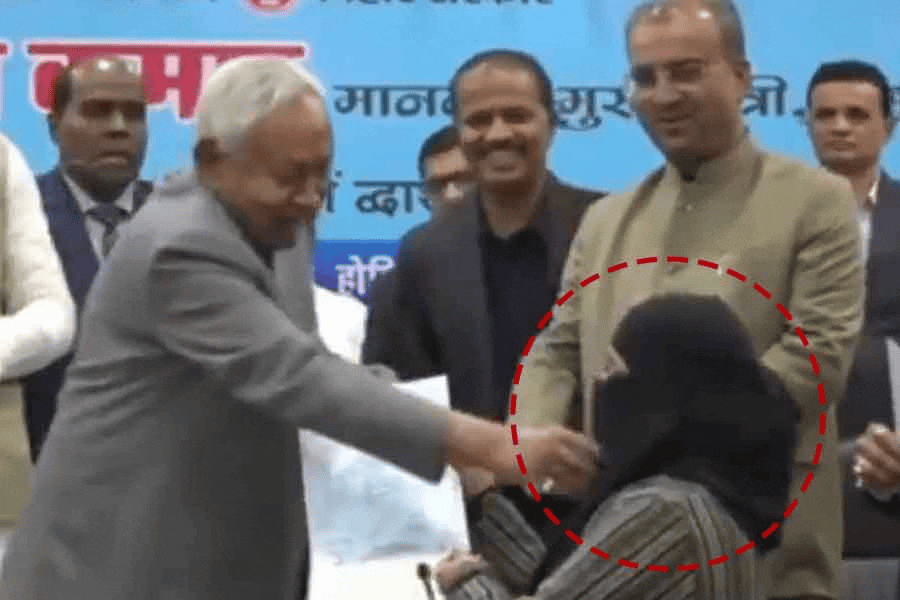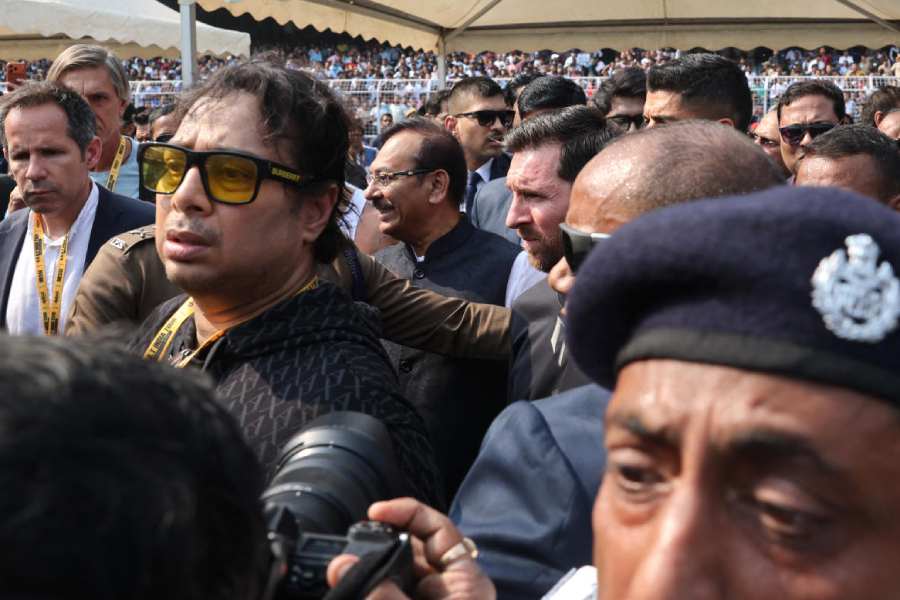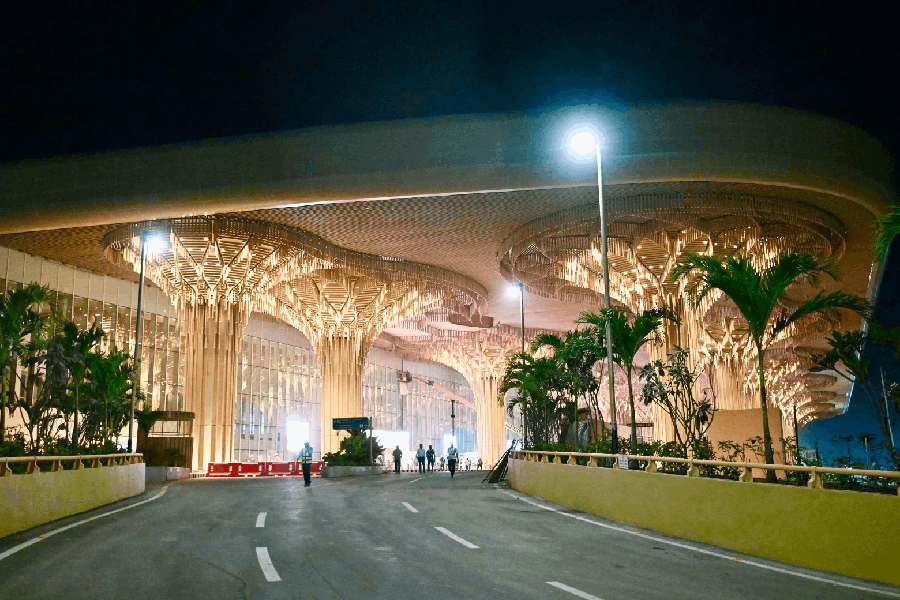Book name- GUNBOY
Author- Shreyas Rajagopal
Published by- HarperCollins
Price- Rs 499
Beauty is a wickedly beautiful thing. You find it in the strangest of things: in the nook of a tree stem, in the curves of a face, in the mechanics of a cold machine, in the nostalgia of a cruel college year, in the hindsight of a troubled relationship, in the ricochet of a bullet.
Gunboy, then, is a thing of beauty.
An Indian town has more secrets than alleyways. It locks them up in a shared vault, among decaying architecture and rotting morality. The violent theatre of Shreyas Rajagopal’s novel is set in such a location, the hinterland of Rannwara. Reading Gunboy is akin to watching Anurag Kashyap’s Gangs of Wasseypur or Martin Scorsese’s Goodfellas: a sprawling cast of personalities, each character another cartridge in a chamber of chaos, a mosaic of thugs, dreamers, bystanders, and monsters, a society resting on the brink of violence. As a cop notes while putting on a show for his political masters, “It is a melodramatic gesture, but these are melodramatic times.”
At the epicentre of the saga, orbiting the same catastrophe, their lives parallel and primed, are Amar and Arvind. The former is a man of blood and belief, a hitman with a past stitched together from myth and memory, ghost stories of impossible victories and inhumane assassinations, of sliding past death like it’s an old flame, haunted and sustained by his delusions and grandiose ideas. “Believing in God was being okay with the idea of being chosen, it was there in the stories if one read them carefully enough.”
Arvind, on the other hand, is the schoolyard outcast, mercilessly bullied and mocked by seniors, visibly ‘other’ from the local crowd, courtesy his skin and accent. Tying these two protagonists is the unholy relic — the equalizer — the Gun. “With the Gun in his possession he stands above the world, watching the games of action and consequence play out below him.”
Shreyas renders small-town India as an organism. Always alert, watching. Like a local who knows which door creaks and which alley gossips, he takes you through its many lives with the poise of a seasoned gunslinger. Children speak their own tongue, inaudible to the adults, alone in their world of desires and motivations; the politician is the monarch, accountable to no one; the police are trained to preserve the illusion of law like stagehands propping up a tired play (“He has been a cop for some time. He knows better than to let truth get in the way of evidence”); everyone watches everyone and secrets are tougher to hide than a treasure chest in the town circle.
The book is many things at once: a coming-of-age story, a crime saga, a study in power. But more importantly, in its bloodstains and bruises, in broken boys and spectral men, in violence as a language, in its rhythmic disorder and chaotic symmetry, Gunboy is that wicked thing: a thing of beauty.

